You may not know much about the 21 California missions from the Spanish era unless you were a 4th grade student in California public schools or the parent of a 4th grade student assisting with a mission project.
Of the 21 California missions, 18 were established between 1769 and 1798. The last of the missions was founded in 1823. Three missions are located in Monterey County with Carmel, Soledad and San Antonio. San Juan Bautista in San Benito County is just 35 miles from the town of Monterey compared to San Antonio de Padua nearly 90 miles away in southern Monterey County, and 18 miles off Highway 101 southwest at King City .
There is plenty of bad history associated with the mission era and its effect on the Native American tribal population of California, but that is a story I will not share here. This article is a story of natural beauty and architectural restoration.
Valley Oak, immense old trees native to interior central California dominate the landscape in a setting long described as the ‘Valley of the Oaks’. Photo taken from Nacimiento Road in Fort Hunter Liggett about ten miles from Mission San Antonio.
In many ways the San Antonio de Padua Mission in its relatively isolated natural setting probably resembles the colonial era of California more than any other Mission in the state. There is a military base within sight of the mission grounds, but no other services or businesses are found for miles around.
Initially I sighted these buildings and then wondered why the road was barricaded. Turns out this is part of Fort Hunter Liggett and not the San Antonio Mission. The Department of Defense has mission style common to much of the architecture along the central coast region of California.
San Antonio de Padua was the third mission founded in California on July 14, 1771 and the first mission built away from the coast. The large olive tree was planted in 1836.
The pristine condition of the San Antonio Mission is largely due to William Randolph Hearst Foundation that financed the chapel restoration in 1948-49.
I read a description of the mission in a fascinating read from the 1911 horseback trek of the entire California coast by a Welshman, Joseph Smeaton Chase. He published his travel story in 1913 and the entire book can be read online through the link below.
CALIFORNIA COAST TRAILS: A Horseback Ride from Mexico to Oregon.
At the north end of the valley, where the hills closed together, I came to the Mission. It stands, ruined and solitary, on the east bank of the river, and looking down the sunny, oak-filled valley. In situation it was, perhaps, the happiest of all the Missions; but, like nearly all the others, it has suffered from both spoliation and neglect, and the beauty of its setting seems only to accent the desolation of its decay.
Approaching the mission in my car I passed by several signs describing historic aspects of the mission grounds.
This area of Monterey County frequently has afternoon temperatures over 100 degrees in the summer months. Water is vital and the valley creeks provided water with groundwater accessible too.
San Antonio well and reservoir built in 1824-26 holds 15,000 gallons.
There was little shade in the 91 degree heat, perhaps enough for four cars in the dirt space under the oaks. Three cars were already parked.
Rosario greeted me upon my arrival at the mission. Turns out Rosario is a cat celebrity at the mission based on this story:
Rosario’s mission in life: The cat of Mission San Antonio De Padua (Photos)
I would have taken more photos if I had known his fame prior to my arrival. I read this story of Rosario after I returned home to Monterey.
Rosario and his brother arrived at the mission in 2007 for a pet adoption and failing to be adopted, they became the Mission cats. While still kittens, the pair ran into the chapel with the mourners at a funeral for a young man. As the Mission manager tried to chase the kittens out of the chapel, the grieving mother of the deceased asked for the kittens to be allowed to remain for the service. As the priest began the service the black kitten strolled down the aisle past the Priest at the altar and into the sacristy room where he returned carrying a rosary and proceeded to the mother of the deceased where he dropped the rosary.
And that is how Rosario, the mission cat, got his name.
The mission chapel is still actively providing mass services.
The restoration of the chapel in 1948-49 and its current state are a marked contrast to Mr. Chase’s description of the mission during his visit in 1911.
The church, which has lately been partly repaired, is a lofty, barnlike structure, with no remaining traces of interior decoration or furnishing, and the walls are horribly defaced by the name-scratching insanity of sightseers. The facade, built of the durable Mission tiles, is still beautiful in its tasteful simplicity, and a few skeleton arches of the quadrangle are standing; but the bells have long since disappeared. Instead of vesper chime, the air was raked by the strident voices of many crows, disputing, after their wont, over the choice roosts in the cottonwoods.
CALIFORNIA COAST TRAILS: A Horseback Ride from Mexico to Oregon – 1913
The church is furnished and decorated these days, The quadrangle is fully intact and historical artifacts and landscaping are present.
San Antonio Mission chapel.
I also met Spirit in the courtyard – Rosario’s Himalayan-cross female partner. Spirit looks strikingly similar to our two-year-old mixed-Siamese male cat purchased when he was just a six-weeks-old kitten from a homeless man at a Starbucks in Gilroy, California for $10 .
Spirit, another mission cat is Rosario’s partner.
The interior grounds of the mission are filled with flowers and trees and a garden.
Mission courtyard.
Mid-afternoon on a Wednesday in mid-September and the mission was nearly deserted. My primary encounters during my visit were with the Mission cats.
One of the many interesting artifacts around the mission are two ship figure heads brought to the mission by sailors to honor St. Anthony. Date unknown.
Saint Anthony of Padua (1195-1231) is the saint invoked for lost possessions and souls. St. Anthony was canonized less than a year after his death and was the second-fastest canonized saint in Catholic history.
In Portugal, Italy, France and Spain, St. Anthony is the patron saint of sailors and fishermen. According to some biographers his statue is sometimes placed in a shrine on the ship’s mast. And the sailors sometimes scold him if he doesn’t respond quickly enough to their prayers.
Not only those who travel the seas but also other travelers and vacationers pray that they may be kept safe because of Anthony’s intercession. Several stories and legends may account for associating the saint with travelers and sailors.
http://www.americancatholic.org/Features/Anthony/0-86716-202-3_np.asp
The bells that were long disappeared in 1911 are restored to the bell towers again. The bronze bell in the center niche of the campanario was designed specifically for the mission restoration project and is the first mission bell to be cast in California. It is 24 inches in diameter and weighs 500 pounds. The bell was presented for the June 4, 1950 mission restoration commemoration ceremony.
I could not help but sing the Matt Nathanson song on the 90 minute drive back to my home in Monterey.
I had a dream you died
and I just wanna be with you tonight
Mission Bells were ringing
Somewhere higher
I let you get away
I let you get away
Mission Bells – Matt Nathanson
The Matt Nathanson video shows the San Francisco Mission and the lyrics sing about a person lost in love. The Hitchcock theme for the video might seem out of place with California Missions unless you know that many of Hitchcock’s film scenes were shot in Monterey, San Benito and Santa Cruz counties. He owned a ranch in the Santa Cruz Mountains near Scotts Valley for decades from 1940 to his death and spent much of his time in this area of California. A classic scene in his movie Vertigo was filmed at Mission San Juan Bautista and features the mission bells and tower.
Ric Garrido of Monterey, California is writer and owner of Loyalty Traveler. Loyalty Traveler shares news and views on hotels, hotel loyalty programs and vacation destinations for frequent guests. Check out my page of collated current hotel promotions.
Follow Loyalty Traveler on Twitter and Facebook and RSS feed or subscribe to a daily email newsletter on the upper left side of this page.


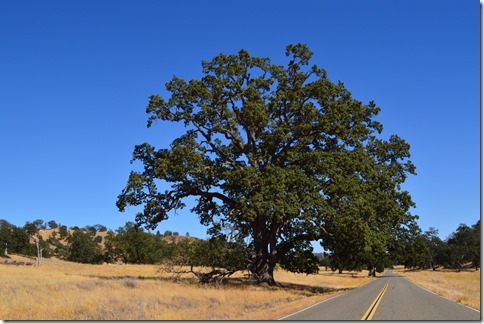
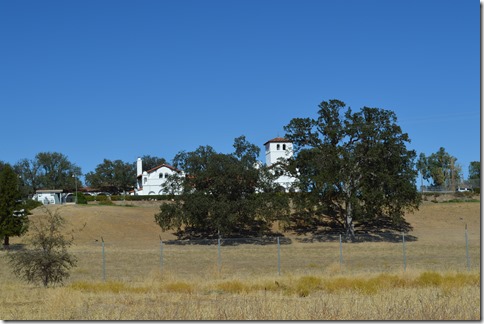
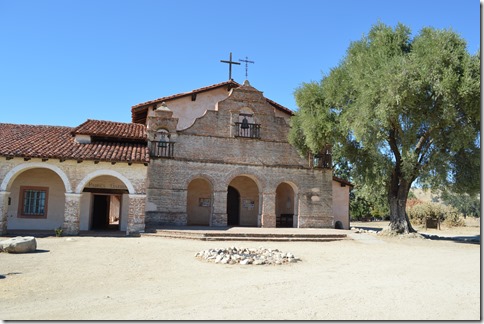
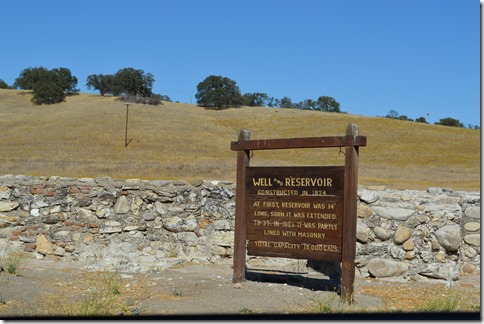
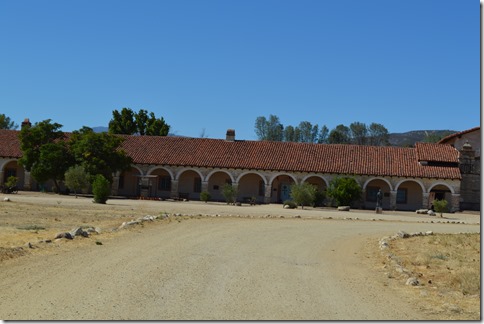
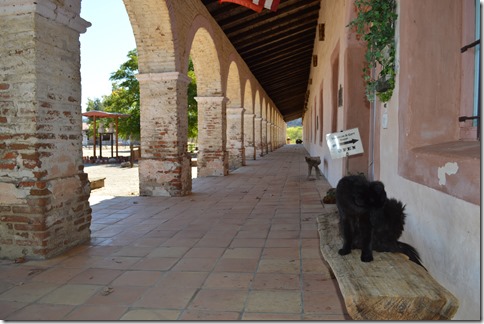
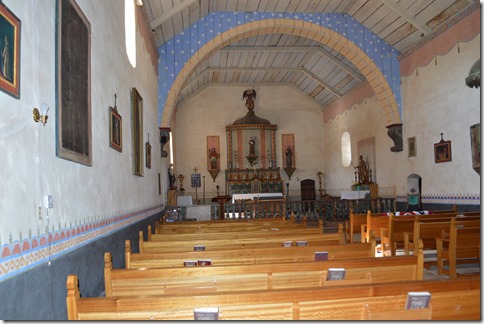
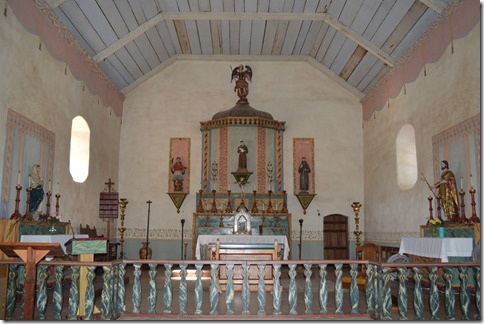
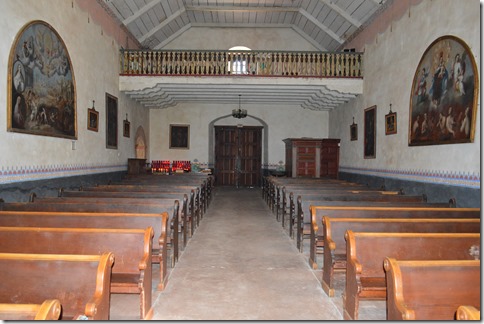
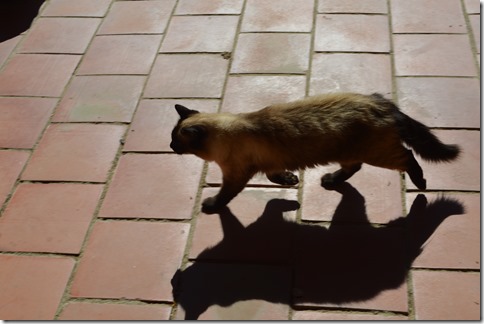
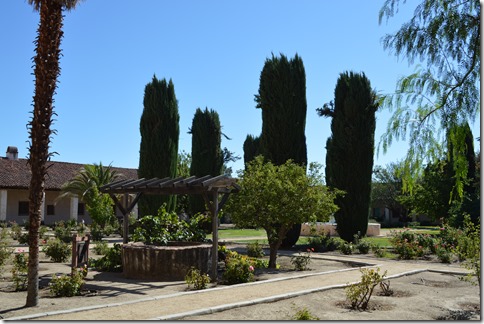
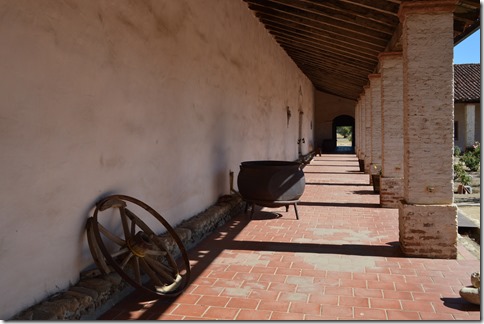
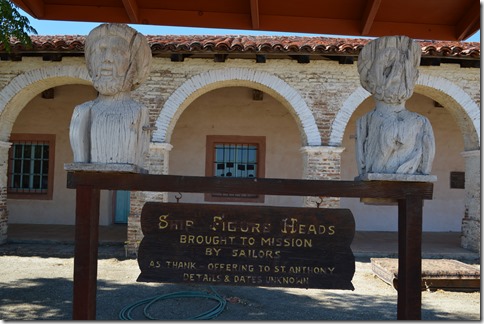
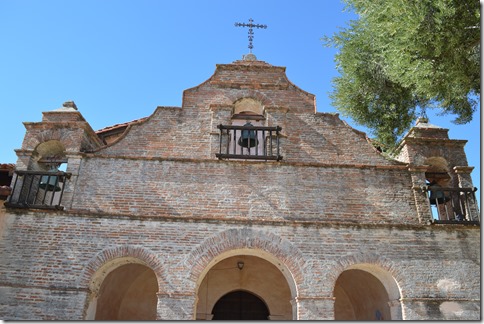

1 Comment
Comments are closed.